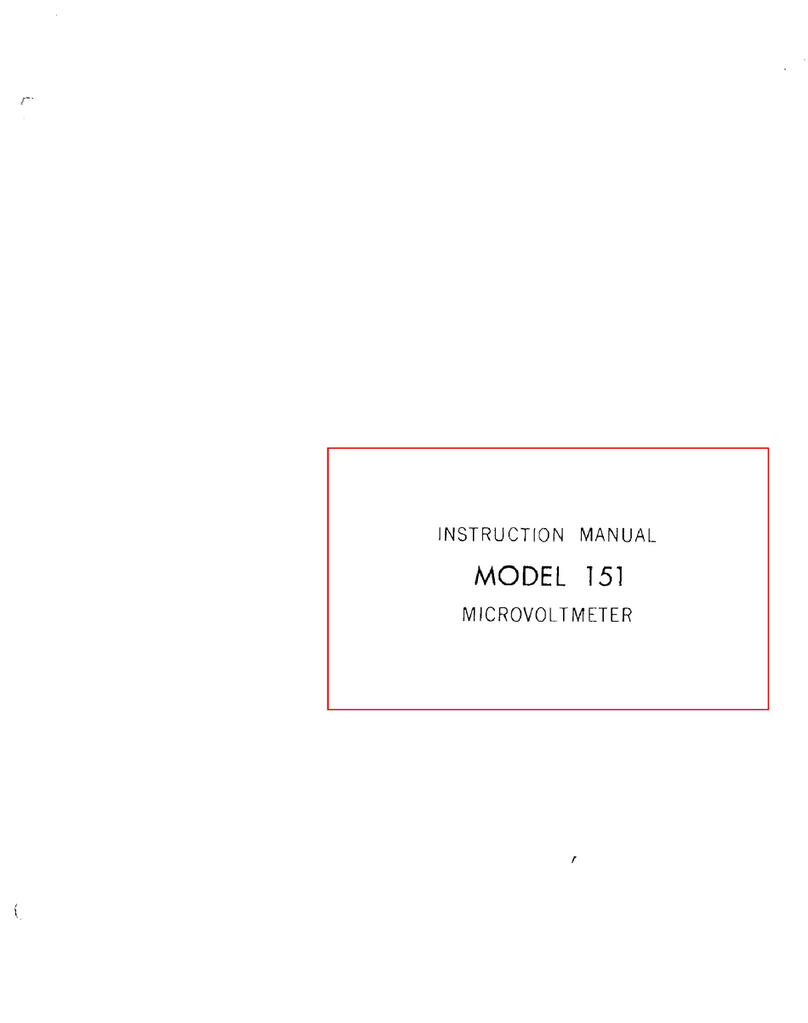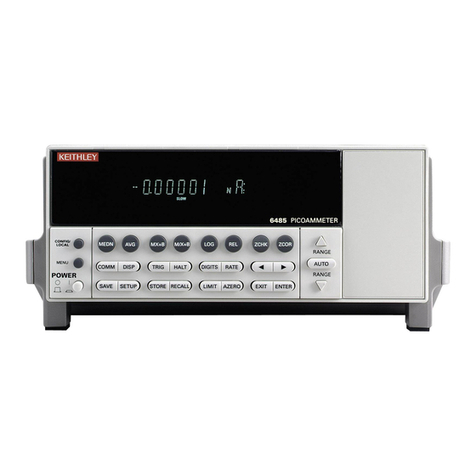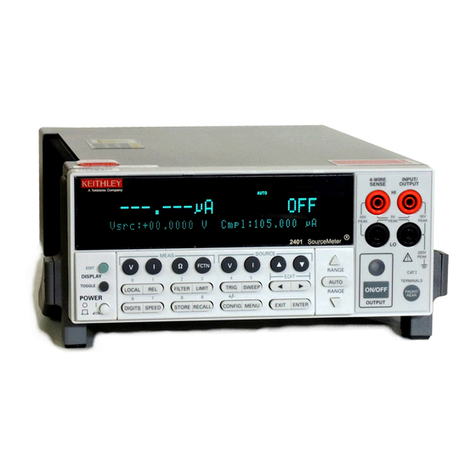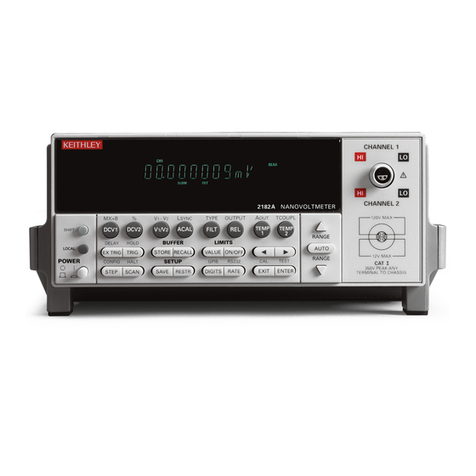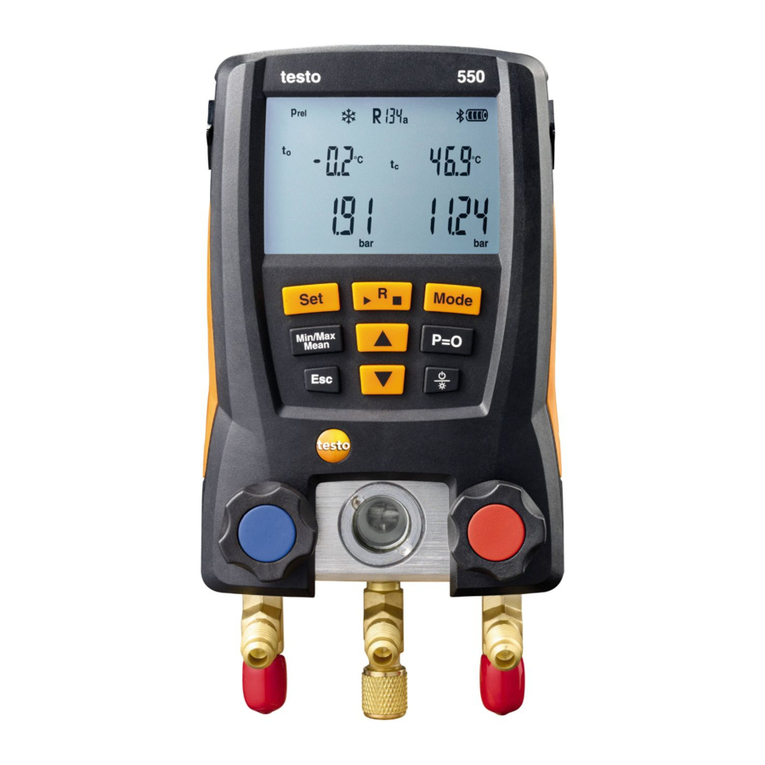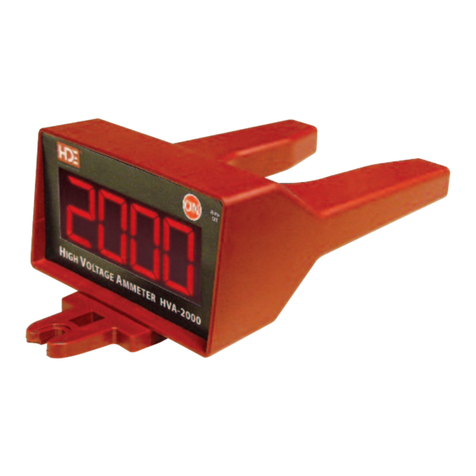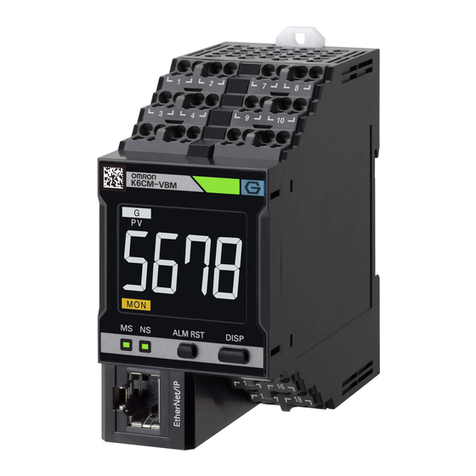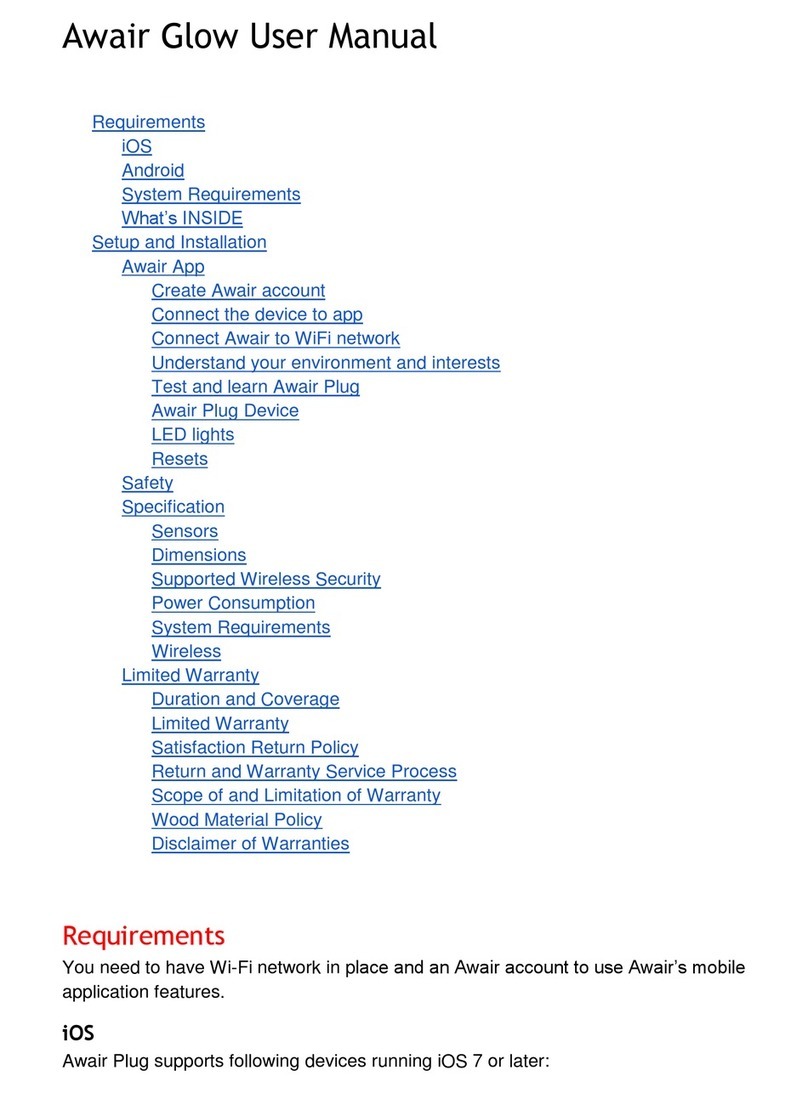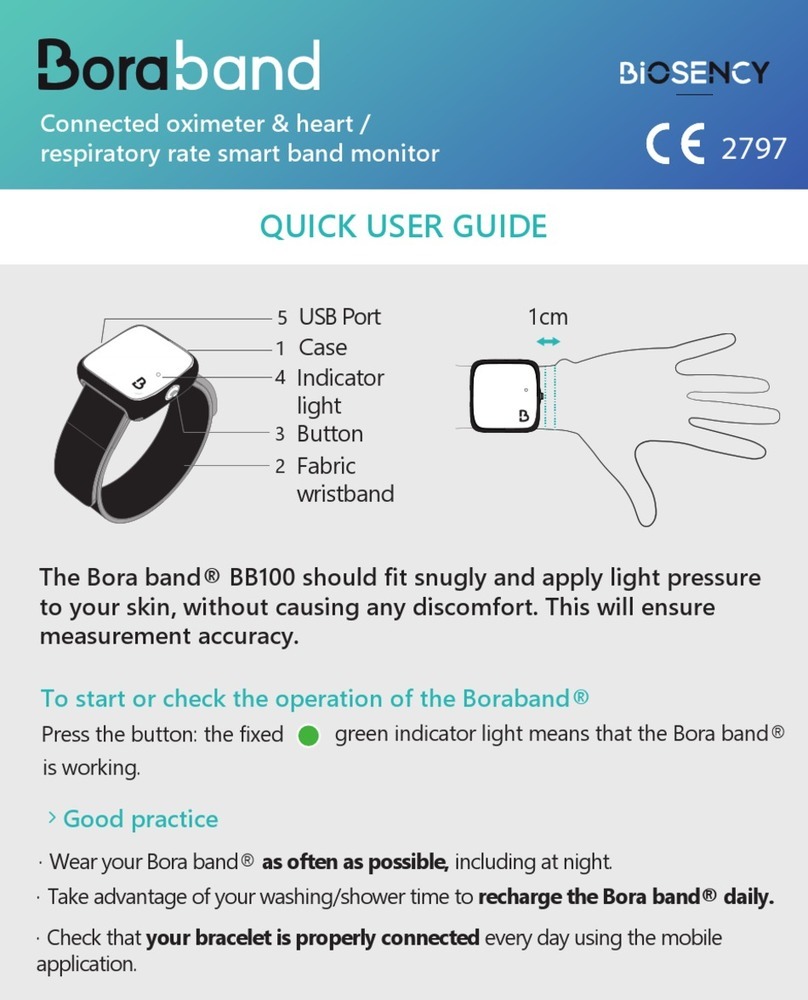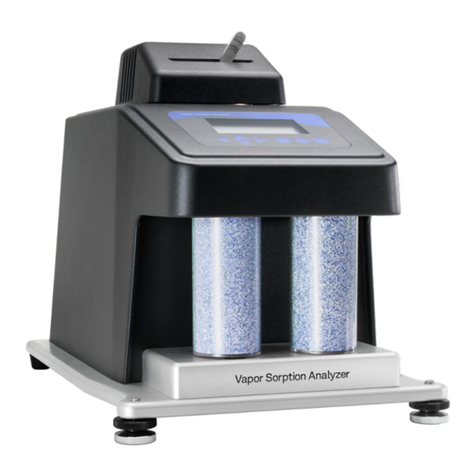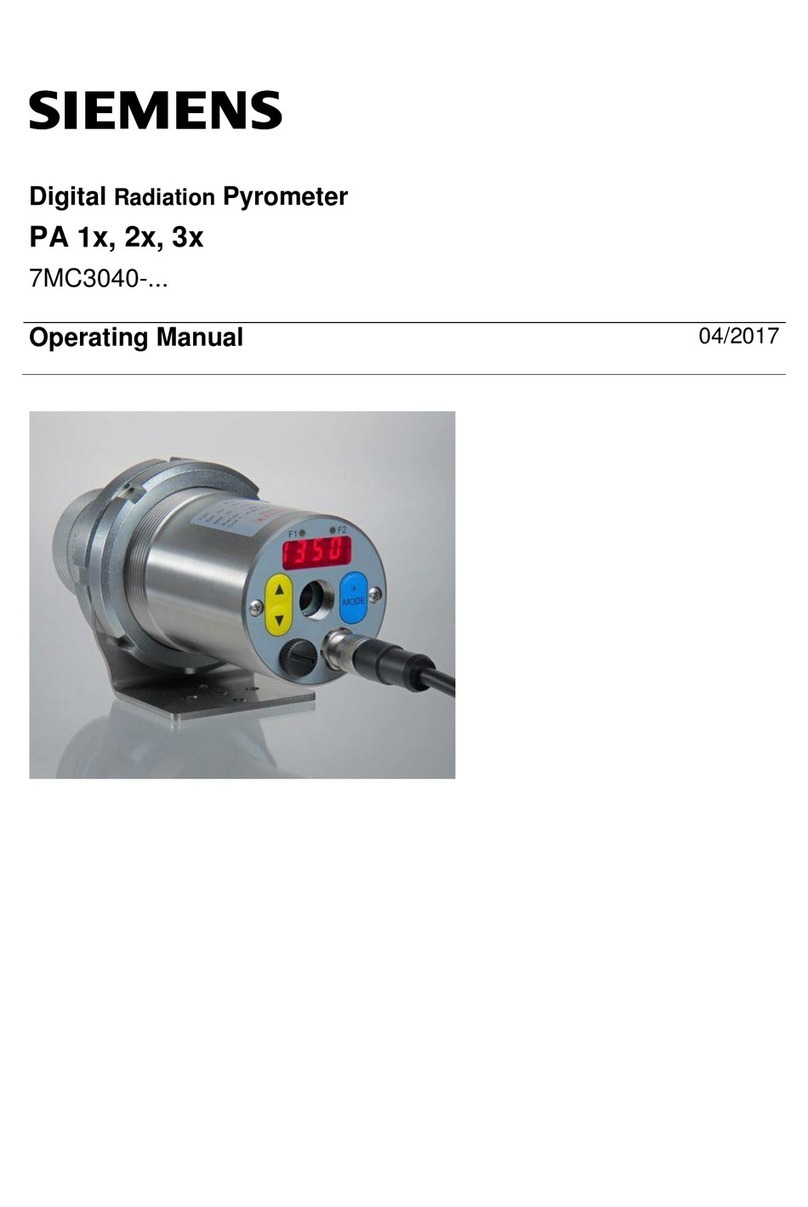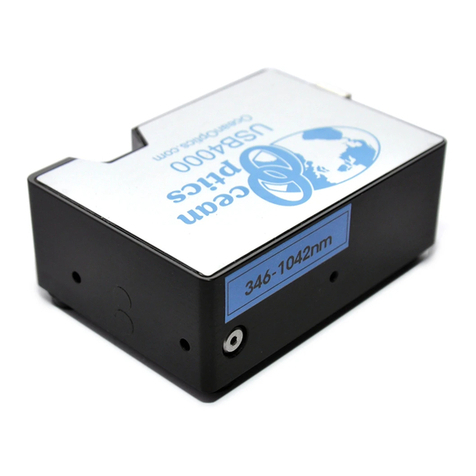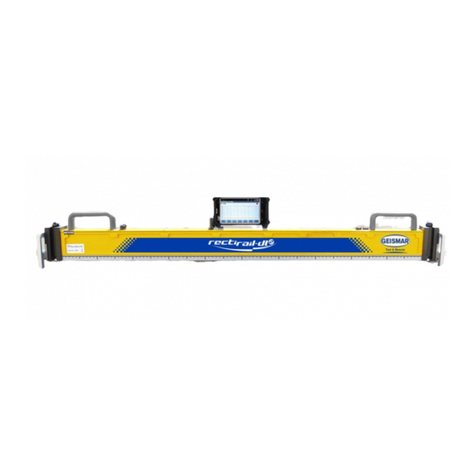Keithley 149 User manual



















Other Keithley Measuring Instrument manuals
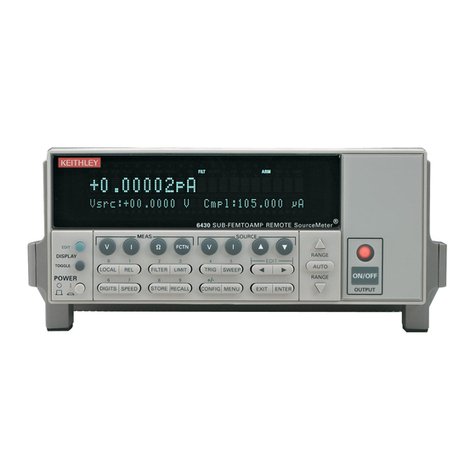
Keithley
Keithley 6430 User manual
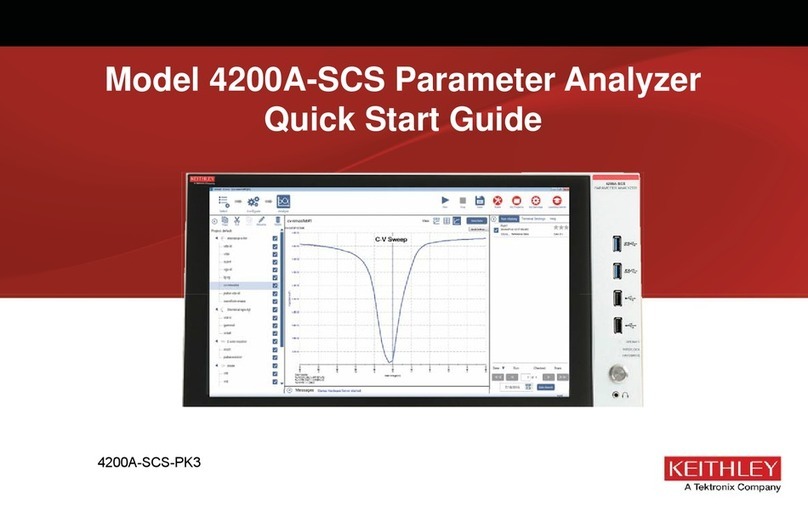
Keithley
Keithley 4200A-SCS-PK3 User manual

Keithley
Keithley 595 User manual

Keithley
Keithley 617 User manual

Keithley
Keithley SourceMeter 3A 2420 User manual
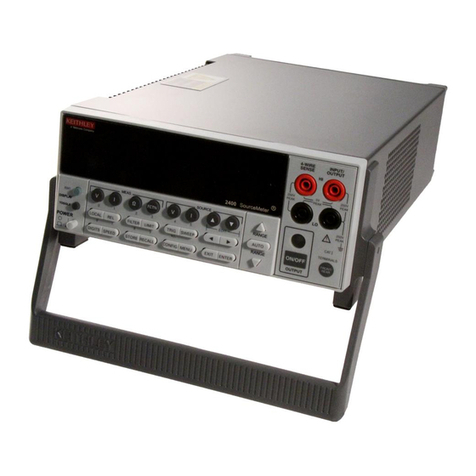
Keithley
Keithley SourceMeter 2400 User manual
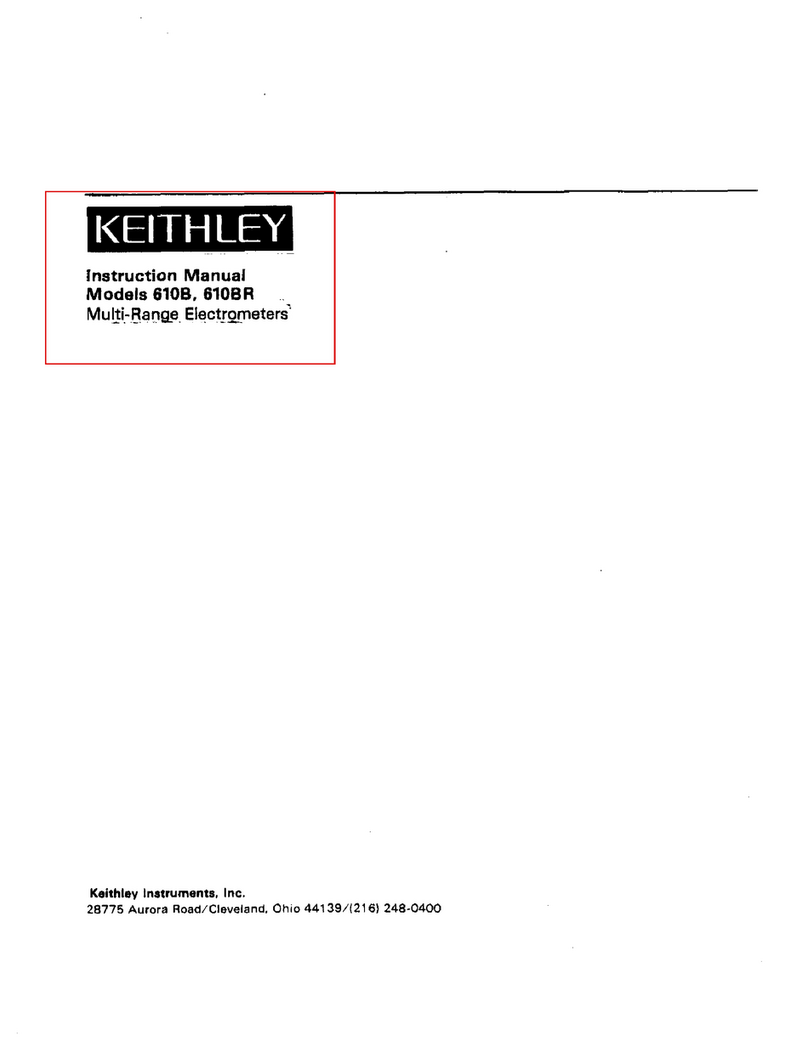
Keithley
Keithley 610B User manual
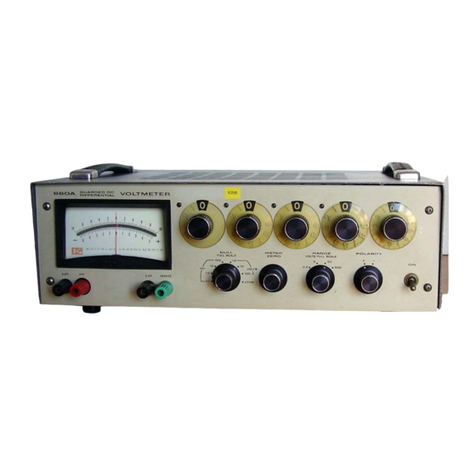
Keithley
Keithley 660A User manual

Keithley
Keithley 6514 User manual
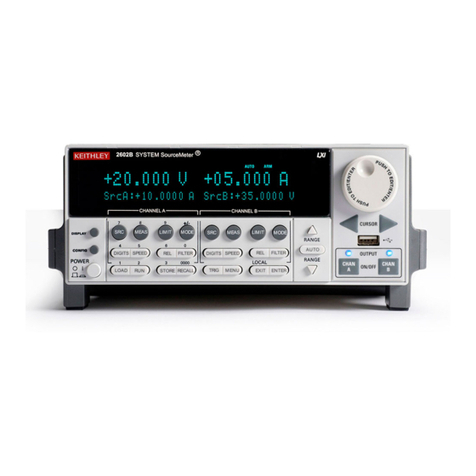
Keithley
Keithley System SourceMeter 2601B User manual
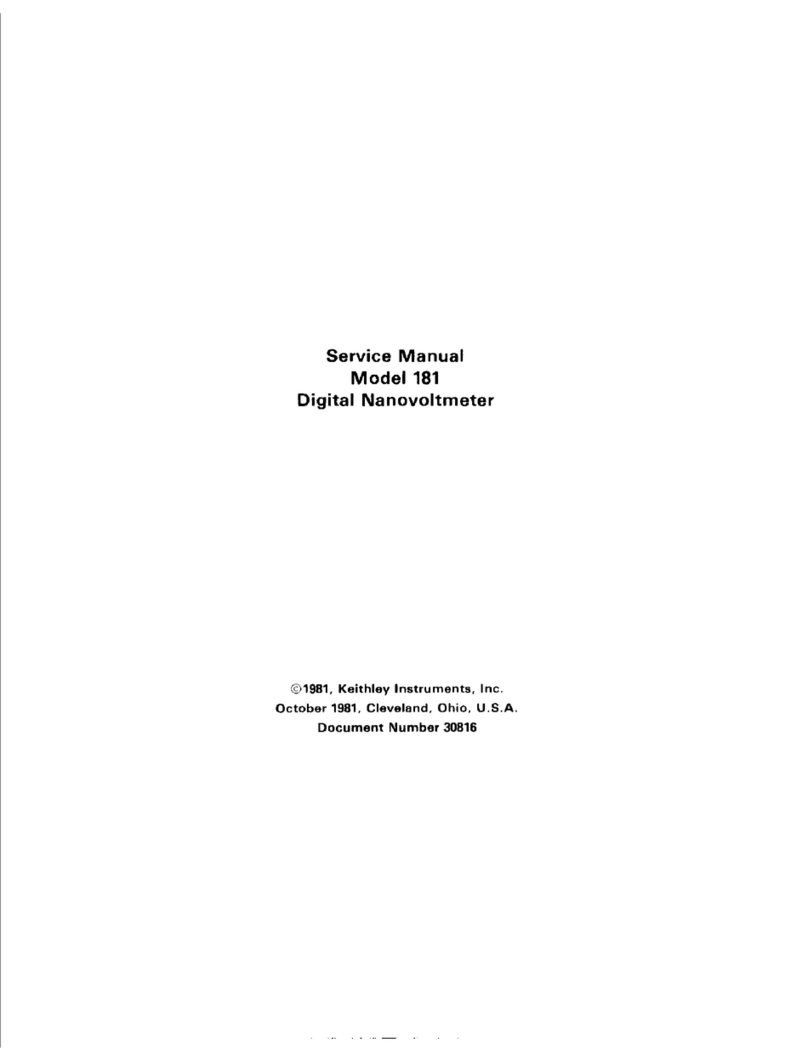
Keithley
Keithley 181 User manual
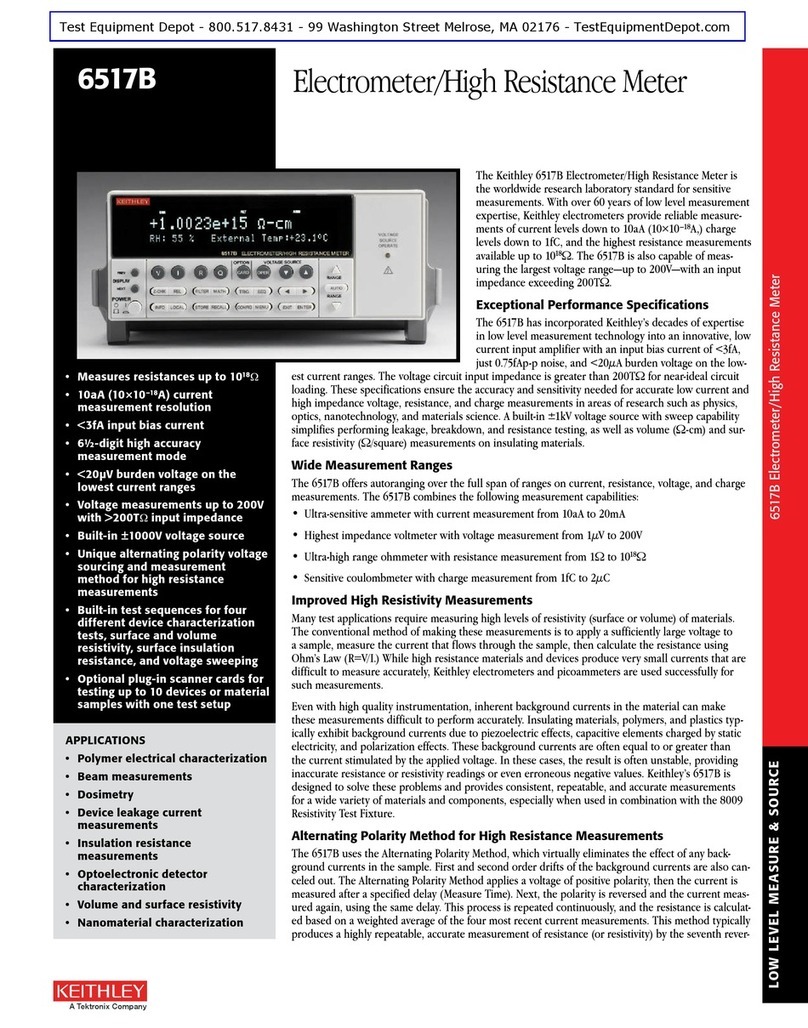
Keithley
Keithley 6517B User manual
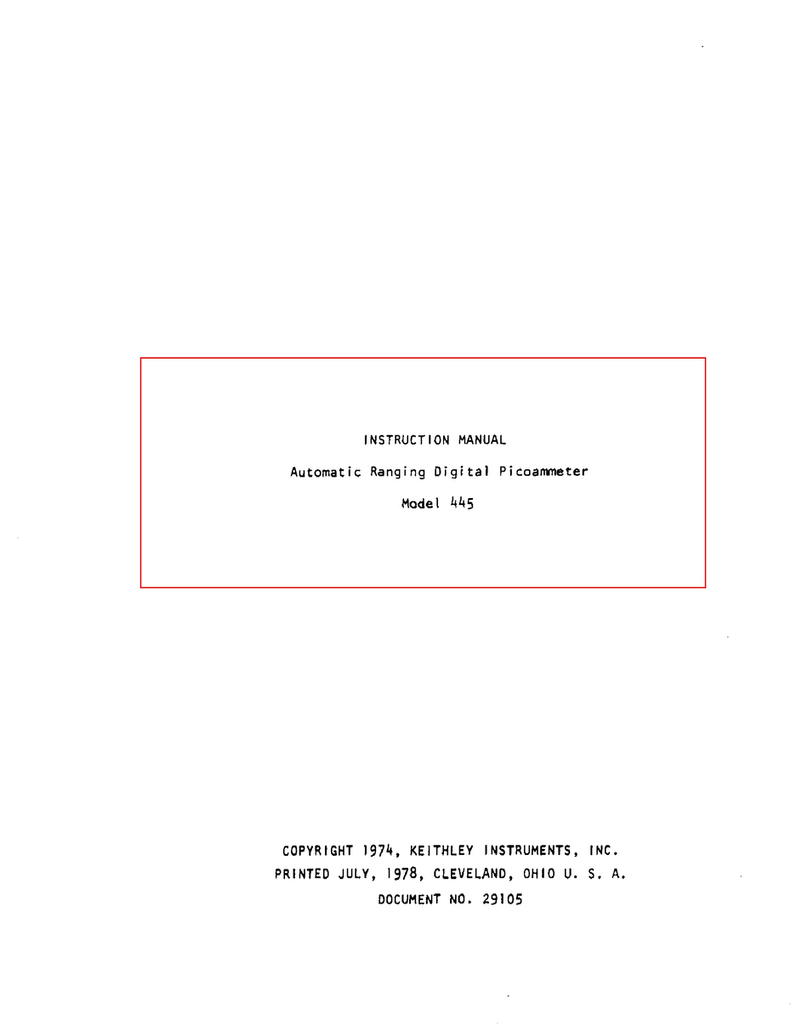
Keithley
Keithley 445 User manual
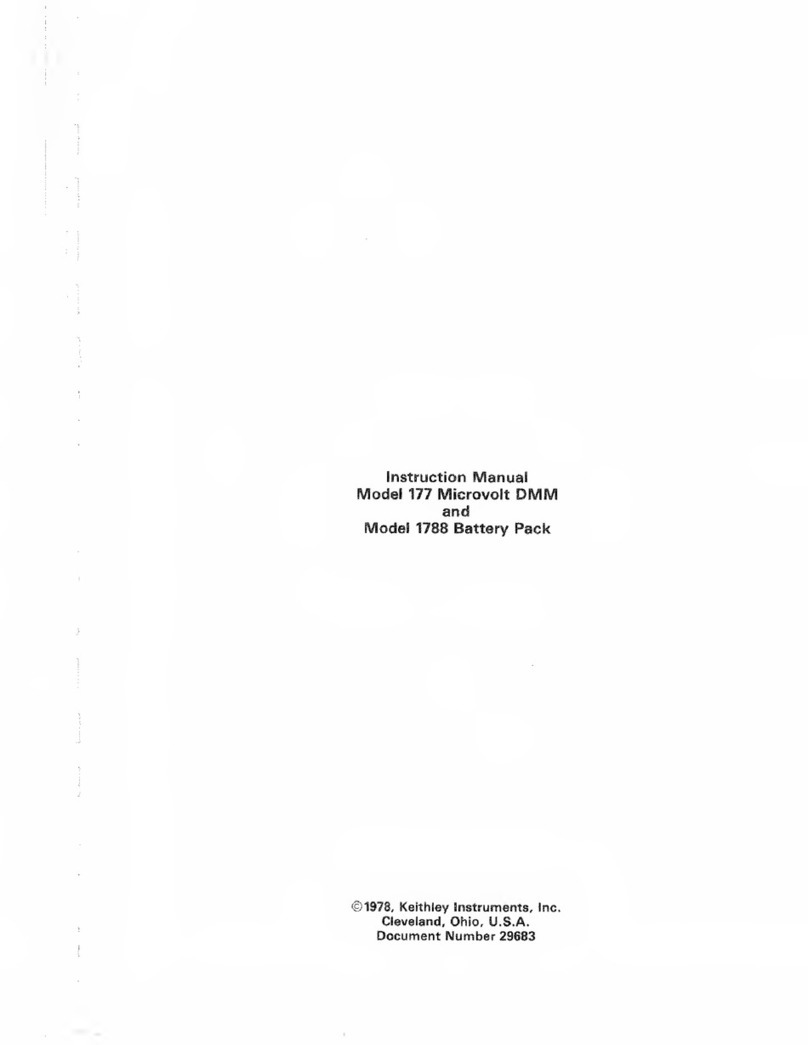
Keithley
Keithley 177 User manual

Keithley
Keithley 2520 User manual

Keithley
Keithley 199 User manual

Keithley
Keithley 6517B User manual
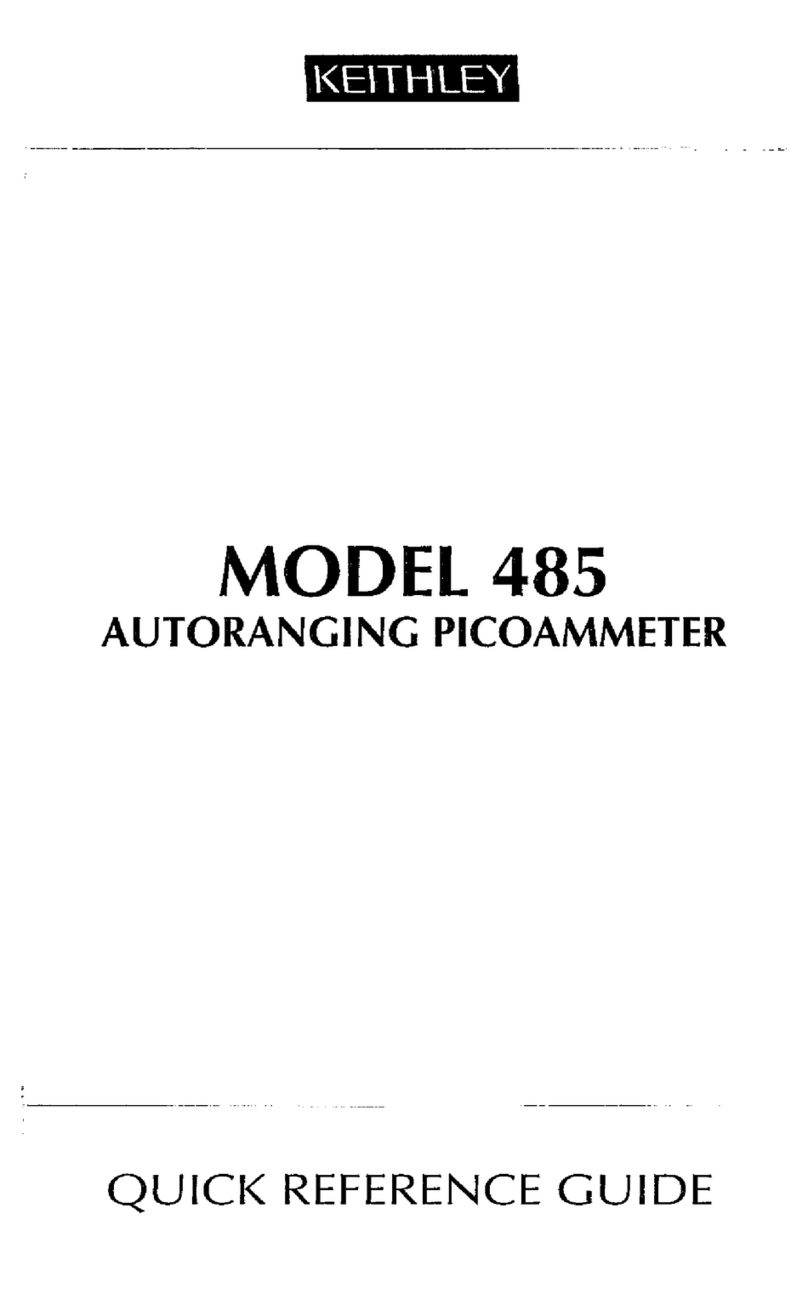
Keithley
Keithley 485 User manual

Keithley
Keithley 6517A User manual
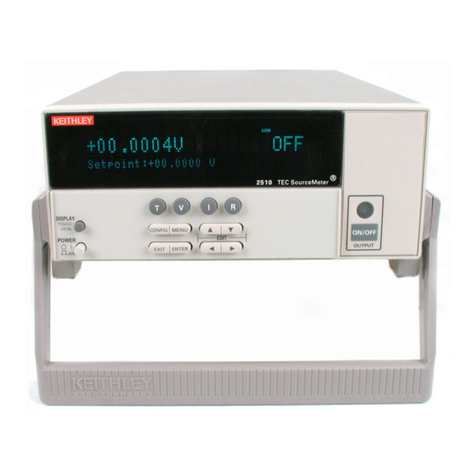
Keithley
Keithley TEC SourceMeter 2510 User manual
Popular Measuring Instrument manuals by other brands
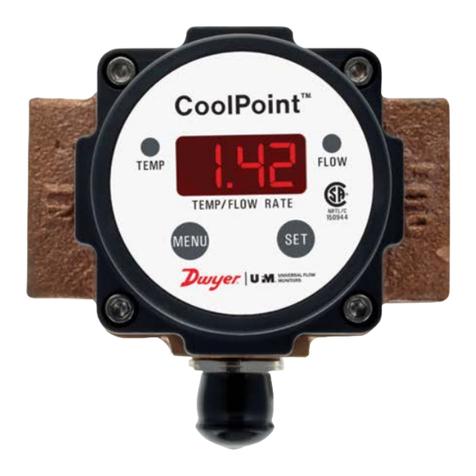
Dwyer Instruments
Dwyer Instruments UiM Coolpoint CP Series Specifications-installation and operating instructions

BASI
BASI Epsilon EClipse quick start guide
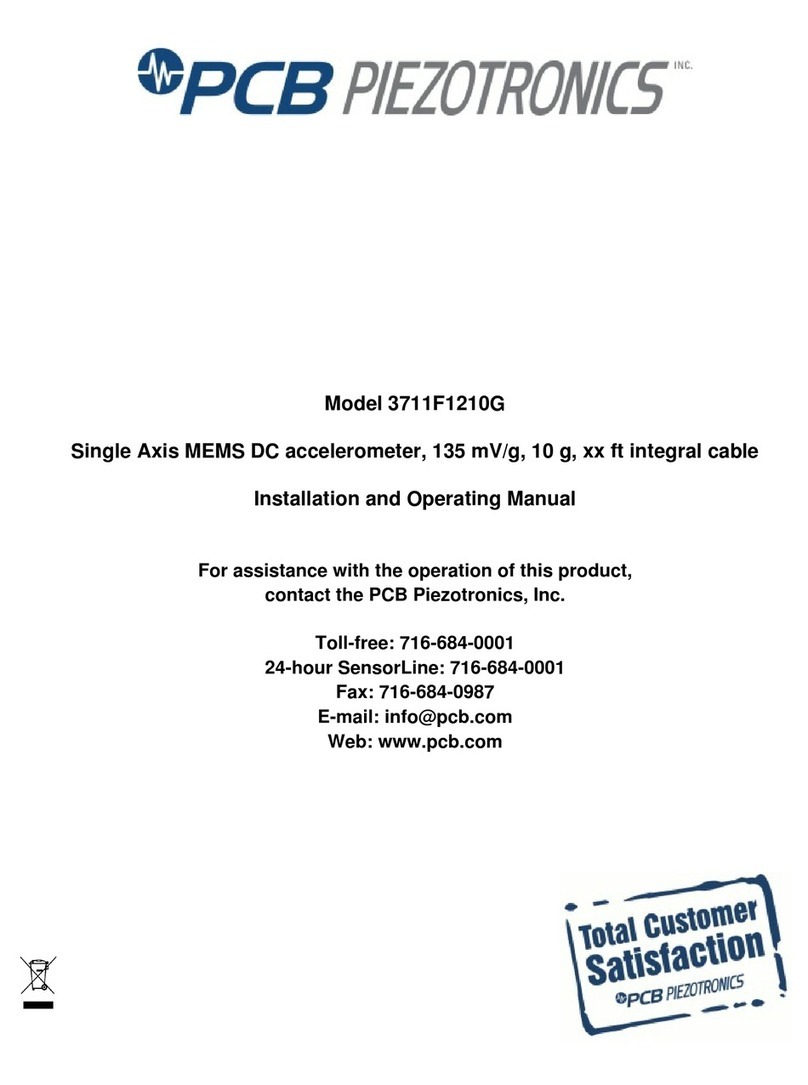
PCB Piezotronics
PCB Piezotronics 3711F1210G Installation and operating manual

Endress+Hauser
Endress+Hauser SmarTec S CLD 132 PROFIBUS-PA operating instructions

FIAMA
FIAMA EP9L User manual and maintenance
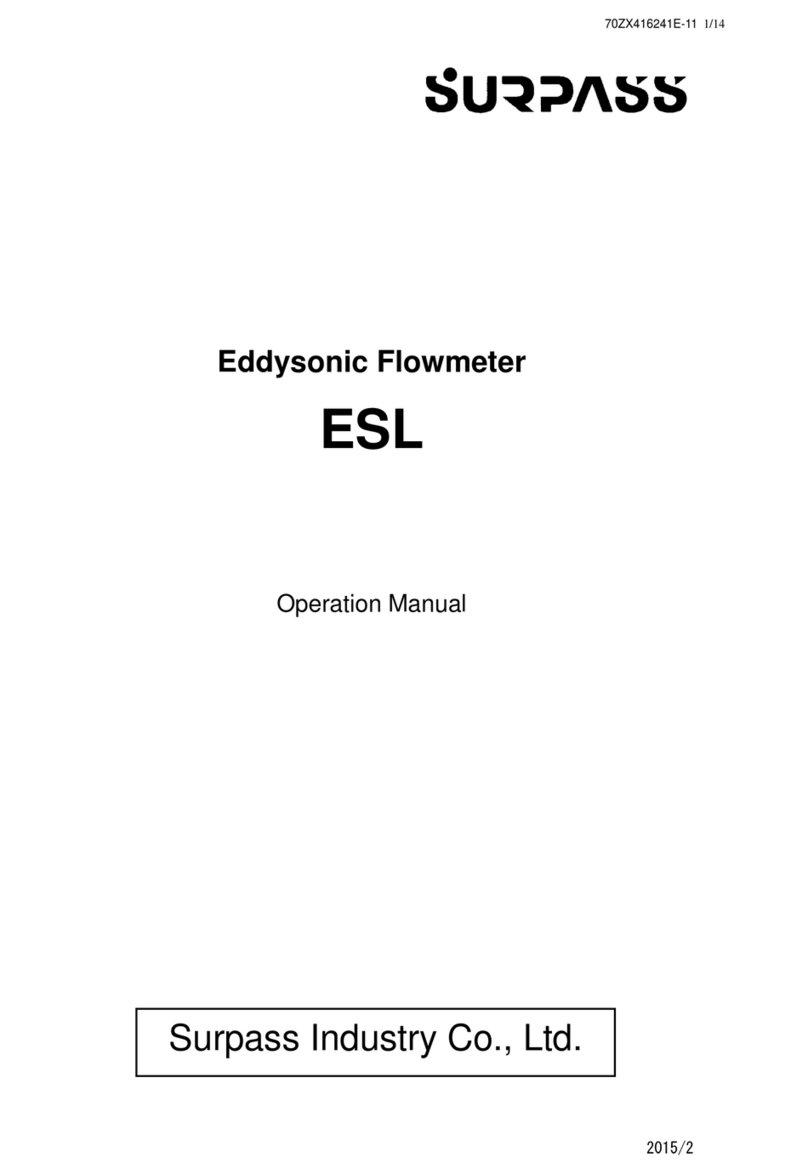
Surpass
Surpass ESL-6-2.5 Operation manual

